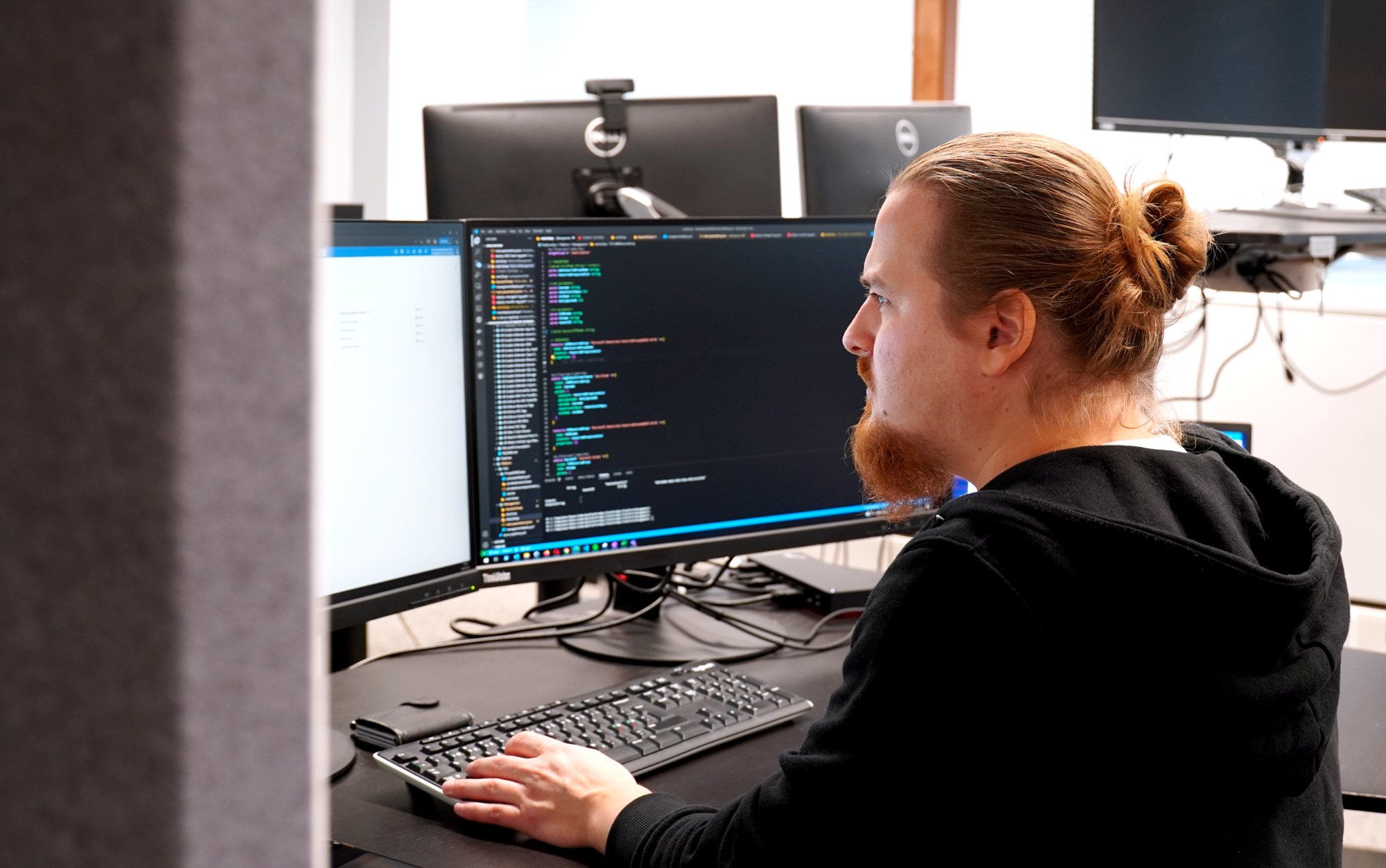- Blog
#Azure
How to plan your Azure budget for 2025-2026 with FinOps
- 11/12/2024
Reading time 5 minutes

My Week showcases one of our expert’s work week – the highs and the challenges they are facing, and what the role actually consists of.
Today we take a look at the work week of Henri Kärkkäinen from our Continuous Improvement & Services (CIS) team. Henri – or Henkka as we know him – has been at Zure soon for two years. He started off as a Senior Azure Specialist, but has grown to Azure Platform Architect role. We interviewed Henkka on a sunny August day to understand better what’s the work like at CIS team.
My work is a combination of many areas and collaboration with multiple teams. Even though I am part of the Continuous Improvement & Services team, we work tightly together with DevOps Engineers, consultants, and developers.
Most of my time goes with dedicated projects with our Managed Azure customers. During spring I had a project where half of my time went to designing and implementing Azure network architecture as infrastructure-as-code (IaC). It resembles a bit of what Jukka and Anssi have been doing as DevOps Architects.
I manage one of our Managed Azure customers and 2 CSP customers. What that means is that I facilitate monthly cost and quarterly meetings where I push the customer environment forward by reducing cost, smoothen processes, advice and guide on new and upcoming Azure technologies. In these meetings I suggest ideas to reduce overall Azure costs or make processes run smoother on new technologies. So preparing for these meetings require me to know well the customer environments as well as be up to date with Azure world.
In addition to projects, I also answer to our tickets and help our other Azure experts with their cases and Azure related challenges. Last week I was part of the project that created Landing zone for the customer. That included designing and creating a HUB&Spoke network topology, so Azure VNETs, Azure Firewalls, Express Route connections, to name a few. We use Bicep as our primary IaC deployment language.

Yesterday a critical ticket landed into my desk from one of our Managed Azure customers. The ticket was about one region not responding as the networks were down, and the customer factories could not reach the Azure resources. At first the resolving was mostly collaboration with Microsoft and third parties, but then later in the afternoon we just re-installed the NVA on the go.
We got the problem fixed, but the challenge in these cases is that you need to know the customer environment really well to be able to help efficiently. When there is a critical issue, every minute of debugging counts
Actually one of the best things was also the critical ticket from yesterday – you just can’t beat the feeling of resolving a challenging situation.
Another high point has been our PoC project with Pasi and Container Apps from just before holidays. It was new technology fresh from the oven, and our job was to figure out if it was applicable for a customer’s needs. The experimenting part is great, at least until you hit a wall with a cryptical error message that no one has yet resolved on the Internet. 😀
I would say the ability and willingness to learn new is critical. You need to get kicks from trying out new stuff, testing different paradigms and be ready to start over if something does not work as you anticipated. The perks are that you get to work with such a wide variety of new applications, technologies, and people with different expertise like developers, DevOps and QA experts, that there is no boring day ahead in this role.
If you got interested, check out ourAzure Platform Architect job post!
Our newsletters contain stuff our crew is interested in: the articles we read, Azure news, Zure job opportunities, and so forth.
Please let us know what kind of content you are most interested about. Thank you!